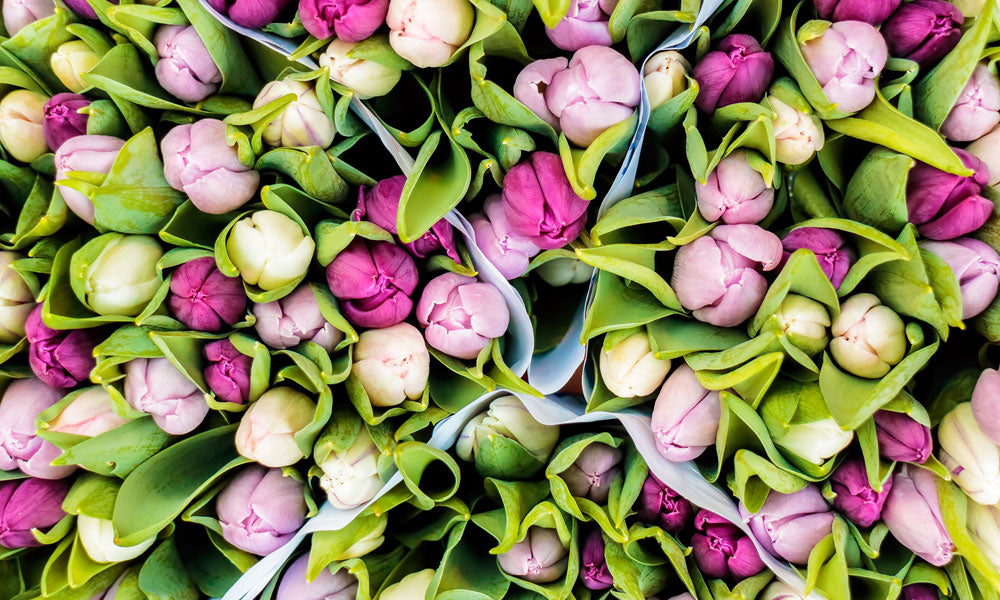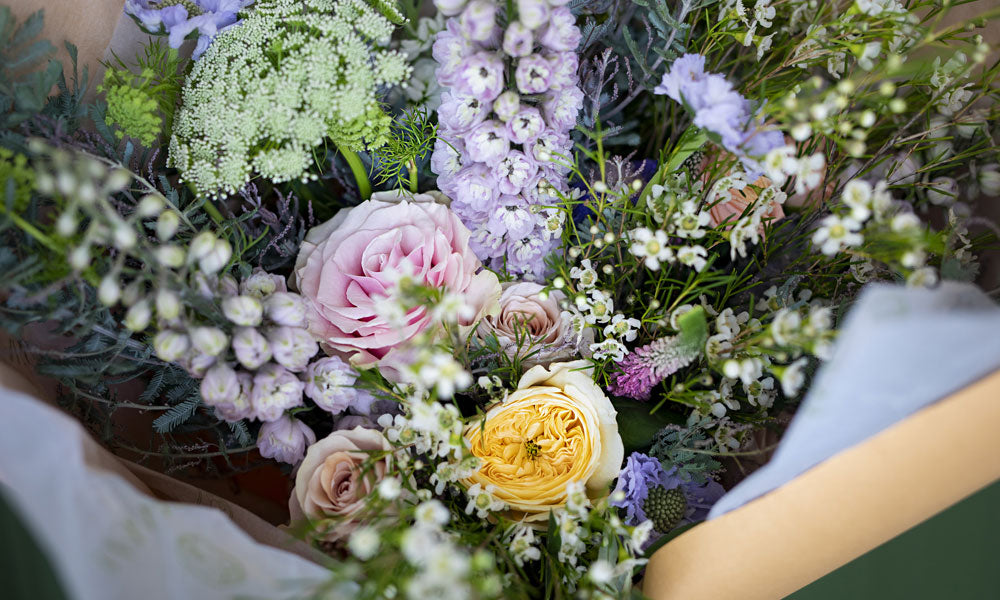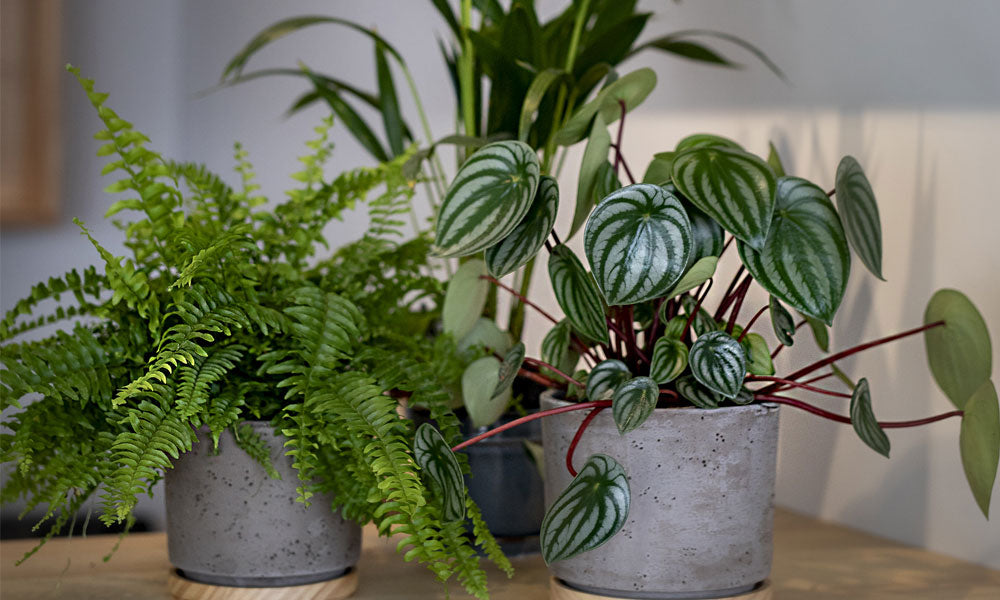If you’re searching for a floral symbol that epitomises spring and the rebirth of everything, you can’t go too far wrong when choosing tulips for your garden or around the home. Available in a myriad of colours, these fantastic plants make the perfect gift at this time of year.
If you thought you knew everything there is to know about tulips, you might be surprised. Here we look at a few little-known facts about these colourful plants.
They’re Not Originally from Amsterdam – While we’re all fond of singing ‘tulips from Amsterdam’, the flower isn’t originally from there and was only introduced to European countries in the 16th century. Tulips originate from Asia and have first been grown in Constantinople in the 11th century.
The flower later became a symbol of the Ottoman empire before the seeds and bulbs found their way to countries like Holland, Denmark, and Sweden, where their popularity soared.
Prices Go Sky High in the 1630s – The introduction of these colourful plants to Holland in the 1630s caused what can only be described as tulip mania. Seen initially as a luxury item, its popularity went through the roof when the plant first appeared.
This caused the price of tulips to rise dramatically, with some seeds and plants costing as much as an average house. Indeed, the cost rose so quickly that people couldn’t afford them unless they were extremely rich, leading to one of the first market crashes, with prices eventually collapsing.
There are 75 Different Species – There are many different species of tulip and around 3000 different varieties. Not all have the traditional cupped flowers that we all love and recognise. Some varieties have double blooms that look entirely different.
The symmetrical nature of the flowers most defines the 75 different species of tulip, and the number of varieties increases each year.
You Never See a Blue Tulip – While you can get tulips in various colours, you’ll never actually see a blue one. Blue is a rare colour for many flower breeds, and despite the best efforts of growers, we’ve never seen one for tulips – the nearest we seem to have gotten is lilac or purple.
You Can Eat Tulips – If you’ve never tried eating tulip petals, then you should give them a go. They have a slightly sweet taste and can be used as garnishes and in cakes.
The bulbs are also edible, but most chefs wouldn’t recommend them for a hearty meal as they can taste a little unpleasant and need to be prepared in a certain way. Tulip bulbs were used during the occupation of the Second World War to supplement diets and stave off starvation in countries like Holland.
Once Cut Tulips Continue to Grow – Finally, another quirk of tulips is that once you cut them, they continue to grow, and you may even notice the stems getting longer when you place them in a vase of water. It’s not entirely clear why this happens, but it’s thought that tulips, in particular, react to sunlight in a way that other blooms don’t.



